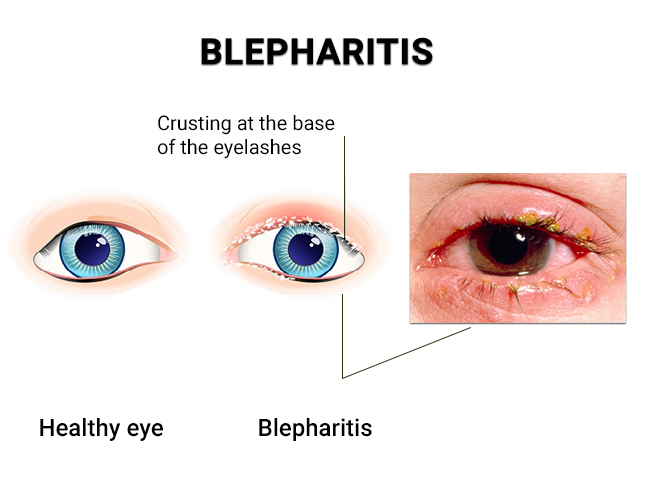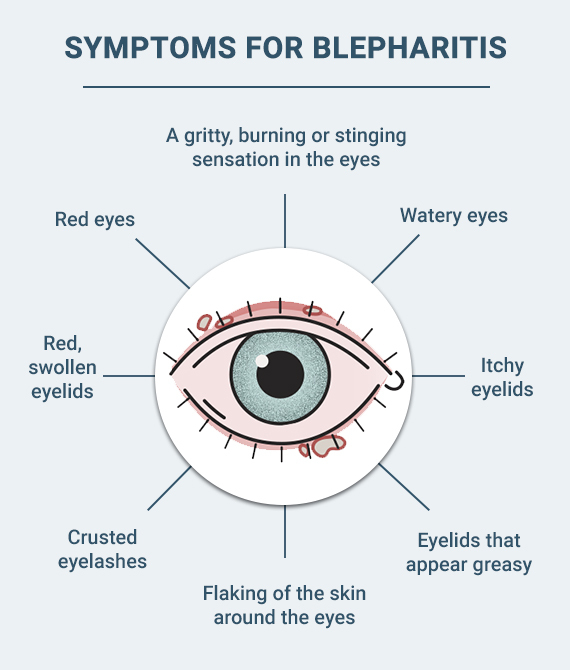 (212) 861-9797
(212) 861-9797
 (212) 861-9797
(212) 861-9797
A stye, which is a hard, reddish bump on the edge of your upper or lower eyelid, may go away with simple homecare steps that your eye doctor recommends. It also may indicate a more serious condition called blepharitis. In addition to a stye, other blepharitis symptoms may be present, as well. Most medical professionals recommend seeking treatment for a stye and any other eye or vision problems from an experienced ophthalmologist. The best eye doctors & retina specialists in New York City work at Vitreous Retina Macula Consultants (VRMNY). They have three convenient locations: in Manhattan, Brooklyn and Westchester. Don’t take chances with your or your family’s eyes, call today for an appointment.
Blepharitis is an inflammatory ocular disorder that affects your eyelids. It’s a fairly common problem, with about 30 million Americans suffering with the condition. The prevalence of blepharitis increases with age, especially when you reach middle-age. Blepharitis can make you feel uncomfortable, but it can be treated effectively by experts in eye care.

Although the condition is not contagious, the top-rated ophthalmologists at Vitreous Retina Macula Consultants of New York (VRMNY) recommend getting your eyes checked immediately if you have symptoms. Blepharitis doesn’t go away on its own and can become a recurring issue. If you don’t seek blepharitis treatment, you may develop other serious problems, such as corneal disease.
This eyelid infection can manifest as burning or stinging eyes. You may also find that your eyes are itchy and watery when you have this condition. You can also have itchy eyelids with crusty formations on your eyelids or eyelashes, especially when you first wake up. Other symptoms you may experience from blepharitis include:
Seek an expert diagnosis and immediate blepharitis treatment when symptoms show up to avoid further complications. Complications are often worse than the blepharitis symptoms. They include:
Bacteria is the main culprit behind an eyelid infection. Excessive amounts of bacteria — whether staphylococcal, streptococcal or Moraxella — found at the base of your eyelashes and at the edge of your eyelids can cause blepharitis. In addition to bacteria, viral infections like herpes simplex or herpes zoster also can cause itchiness, signaling to you that you’ve developed the condition.

The appearance of demodex mites also may be the cause of your blepharitis. These are naturally present on eyelids and eyelashes in some people, especially as you age. These mites are beneficial as they eat dead skin cells. In large amounts, however, they can cause significant damage to your skin and eyes. You may even be at a high risk if you have other problems, such as:
I have been seeing Dr. Engelbert for several years. He is smart, compassionate, and skilled. He has maintained the quality of my vision, and I consider myself extremely lucky to have been referred to him for my care.I recommend him without reservation.
To diagnose blepharitis, your NYC ophthalmologist may start with a comprehensive eye examination. This usually involves checking your eyelids, the lid margins, the surface of your eyeball and the base of your eyelashes. Finally, the quality of your tears may also need to be checked for any abnormal features like foaminess or bubbles.
Another factor that influences your diagnosis is the type of blepharitis you have. Anterior blepharitis affects the outer region of your eye, where the eyelash attaches to the eyelid. Posterior blepharitis affects the outer region of the inner eyelid margin, which is the part that touches your eyes. You can have both the types or either one.
During the examination, your eye doctors may be able to quickly figure out the root cause of the blepharitis based on your eyelid margin. Diagnoses include:
Adopting a clean hygiene regimen is compulsory for blepharitis treatment. Using warm water and a mild baby cleanser that won’t sting your eyes, you have to remove all the crusts from your eyelids. Your ophthalmologist shows you how to gently rub a cloth or use a cotton swab, especially where your eyelashes and eyelids meet.
If your condition is severe, you may also need medications to fight infection and control the inflammation. Other treatments for blepharitis include:
The best way to resolve blepharitis efficiently and effectively is by making an appointment with one of the top ophthalmologists from the largest eye care practice in NYC. Contact the nearest office now to safeguard your eyes.
Let us help you enjoy your life
Call: (212) 861-9797To Speak With An Appointment Coordinator Now